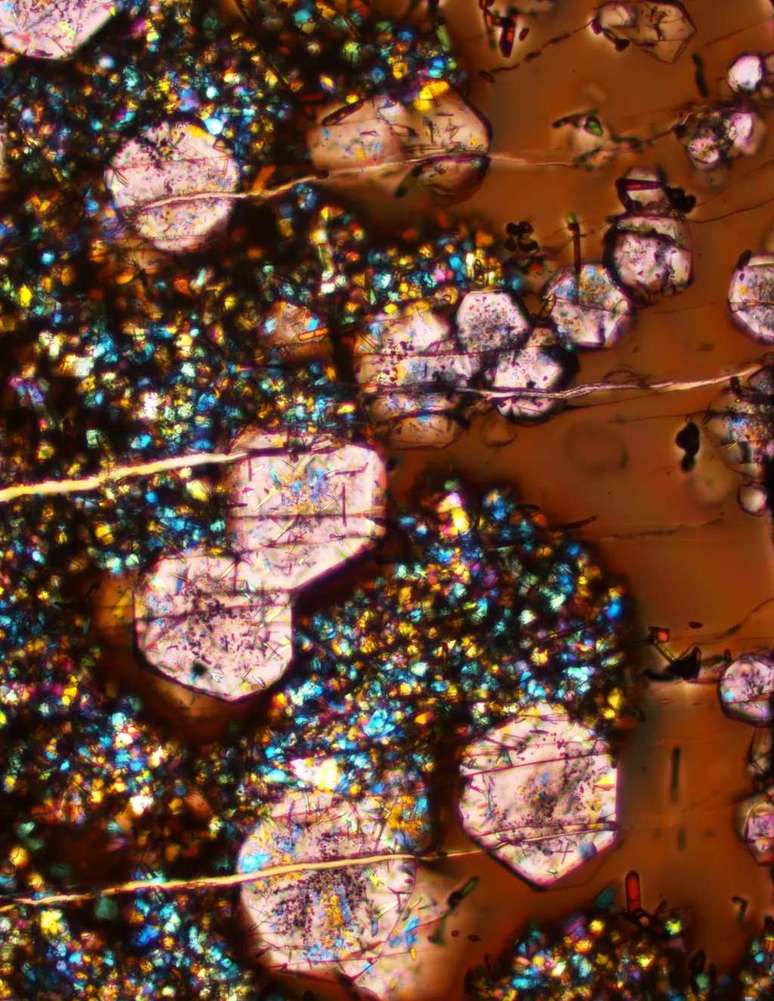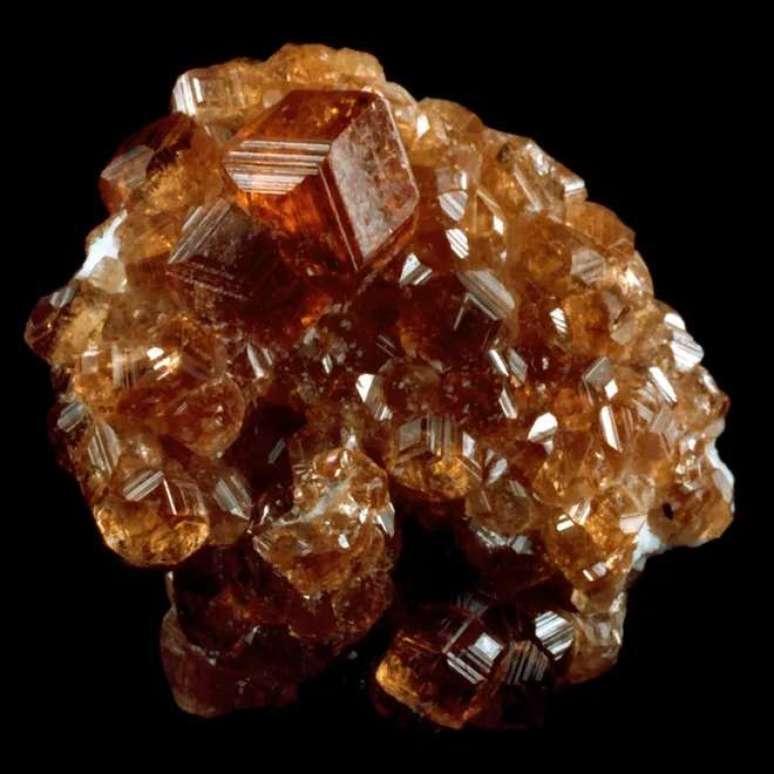By simulating the temperature and pressure conditions under volcanoes, American scientists debunk the assumptions about the emergence of continents
Continents, large land masses that support all life outside the ocean, as important as they are to us, still have no clear origin for science. Now, a study conducted with crystals may have brought us closer to this discovery.
- The first continents emerged from the ocean 3 billion years ago, says the study
- What is the largest continent in the world?
The research was conducted by geologists associated with the Smithsonian Museum of Natural History in the United States and focused on a hypothesis as to why continental crust has less iron and more oxidized material than oceanic crust. A popular explanation for this, which emerged in 2018, would be the formation of minerals known as a grenade.
The formation of garnet crystals from magma would concentrate the iron atoms in them, leaving the remaining material more prone to oxidation. As a result, these portions of the crust would become less dense and this would place them above the oceanic crust in a meeting of tectonic plates. In the article published this Thursday (04) in the journal Science, the scientists reverse this hypothesis by demonstrating that there would not be enough pressure in the lithosphere for the formation of these crystals.
do science
Researchers Elizabeth Cottrell and Megan Holycross tried to simulate at the High Pressure Laboratory of Cornell University in the United States, the pressure and temperature conditions in the earth’s crust that would generate crystallization theorized. Thirteen different experiments were conducted, with pressures ranging from 15,000 to 30,000 times atmospheric pressure and temperatures ranging from 950 to 1,230 ºC.
The rates of iron assimilated in the formed crystals were then compared with those of garnet samples from the collection of various geological institutions around the world. The result indicated that, under the conditions tested – calibrated to exactly simulate the behavior under volcanoes – the removal of iron from magma would not be sufficient to explain the level of this element in the continental crust today.

The research is a classic example of how science progresses even if the results are positive: by not obtaining samples of garnet with the expected iron concentration, the experiments allowed to demonstrate that a theory was false.
The results still leave open the question of how the continents emerged. The most probable hypothesis from now on, that sulfur also played a role in crustal oxidation, will be studied by future research by other scientists of the same institution.
Source: Science Through: phys.org
Trending on Canaltech:
- Why do hospitals give gelatin to patients?
- Motorola Edge 40 launches with big differentials and aggressive pricing
- The penumbral lunar eclipse and flower moon occur this weekend
- Does Guardians of the Galaxy 3 have a post-credits scene?
- The new look of WhatsApp for Android starts rolling out to testers
- The material violates the rules of physics and can lead to a revision of theories
Source: Terra
Rose James is a Gossipify movie and series reviewer known for her in-depth analysis and unique perspective on the latest releases. With a background in film studies, she provides engaging and informative reviews, and keeps readers up to date with industry trends and emerging talents.


![Here it all begins in advance: Carla discovers her true colors!… What awaits you in the week of October 27 – October 31, 2025 [SPOILERS] Here it all begins in advance: Carla discovers her true colors!… What awaits you in the week of October 27 – October 31, 2025 [SPOILERS]](https://fr.web.img4.acsta.net/img/1a/c9/1ac9c60c3279849c2babe78e208ce4ff.jpg)



-1jefyz8v9bv3l.jpg)
